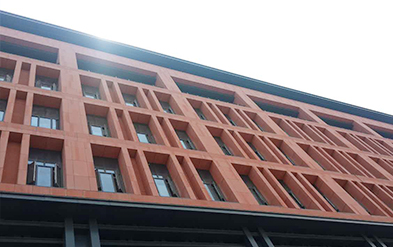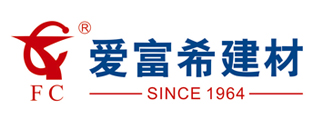Jiangsu Aifuxi New Building Material Co., Ltd. specializes in the research and development of explosion-proof panels, and has been recognized by the market. Through strict testing, it can be used for barriers, doors and ceilings, and the company can provide a variety of specifications. Explosion-proof boards with light weight, high strength, impact resistance and high fire prevention can effectively strengthen and protect vulnerable dangerous parts, so as to minimize the occurrence of major disasters and ensure the safety of people's lives and property. Worldwide, in various industries, including power plants, nuclear power, petrochemical industry, pharmaceuticals, drilling platforms, warehouses, airports, railways and subway facilities.
The characteristics and advantages of explosion-proof board:
Flame retardancy (combustion test lasting 4 hours), explosion resistance and impact resistance
Moisture-proof and fire-proof, anti-seismic, light weight, anti-corrosion, large breadth
Weather resistance (not changing with temperature), high resistance, sound absorption and frost resistance
The application area of explosion-proof board:
Power station, automobile factory, petroleum industry, container and waste recycling center
Data Protection Room, Playground, Military Area, Laboratory, Underground Passage, Conveyor Belt
Application of explosion-proof board:
Ventilation pipes, engineering protective covers, walls and partitions, flame retardants, smoke areas, cable channels
Explosion-proof and fire-resistant layer, tunnel.

1. According to the inside fibers: At present, most of the domestic use of asbestos fibers to enhance the role of this kind of fiber cement board is called chrysotile fiber cement plate; the other kind is non-asbestos fiber, with pulp, wood chips, glass fibers to replace asbestos fibers to enhance the role of the general term asbestos-free fiber cement plate. 。
2. According to density: low density 0.9-1.2g/cm3, medium density 1.2-1.5g/cm3, high density 1.5-2.0g/cm3. Low density is generally used in low-grade building ceiling partition wall and other parts, medium density is generally used in middle-grade building partition ceiling, high density is generally used in high-grade building steel structure exterior wall, steel structure floor, etc. According to the national construction industry standards, it can be divided into two categories. High density fiberboard is easy to deform because of its shortcomings, and the deformability coefficient of medium and low density products is a little smaller.
3. Pressure: Pressure plate and pressure plate. Medium and low density fibre reinforced cement boards are all non-compressive boards, while high density fibre reinforced cement boards are pressure boards. Pressure plate, also known as fibre cement pressure plate, needs special press production, which can not be done by enterprises without press. According to the density, the fibre cement pressure board can be divided into: 1) ordinary board, density 1.5-1.75g/cm3; 2) superior board, density 1.75-1.95g/cm3; 3) superior board, density 1.95g/cm3 or more.
4. According to thickness: 1) ultra-thin plate, 2.5-3.5 mm; 2) conventional plate, 4-12 mm; 3) thick plate, 13-30 mm; 4) ultra-thick plate, 31-100 mm. General manufacturers can not make ultra-thin and ultra-thick plates, which is also an important basis for measuring the production capacity and technical level of enterprises in the industry.
National Industry Standards:
JC/T412.1-2006 asbestos-free cement slab,
JC/T412.2-2006 chrysotile asbestos fiber cement slab.






